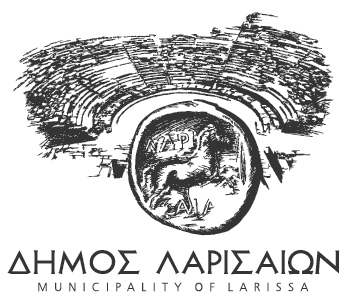
DIMOS LARISEON
The Municipality of Larissa is the 5th largest city in Greece and the capital of the region of Thessaly in Central Greece. Larissa holds a central position in the country, on the main transport axis of Greece, connecting Athens and Thessaloniki.
The total area of the municipality is km² with a population of inhabitants (2011 census). Larissa is the largest city in Central Greece with a census (2011) population of (in reality over ), with a significant rural hinterland, and hosts many public organizations, educational and financial institutes, and health institutions, while it has a considerable production infrastructure and commercial activity.
The center of the city is predominantly pedestrianized and of mixed uses (residential, commercial, entertainment, administration, services, culture). The Municipality of Larissa implements projects related to urban mobility since the ‘80s, starting with the first pedestrian road in 1985, signifying the beginning of today’s network of 10km of pedestrian roads in the central area of the city (including approx. 40 city squares), including residential and commercial areas, cultural monuments (the Ancient Theater, Mill of Pappas, Bezesteni, Basilica), public spaces and parks, as well as municipal and administrative buildings and services. Larissa is also the first Greek city to begin implementation of an approved SUMP. The medium size and flat landscape of the city are ideal for on foot and bike transportation and the changes scheduled within the SUMP include low traffic roads, monitoring the pedestrian center and prioritizing pedestrians, bicycles and public transport.
Larissa has a history of years with significant monuments in the center of the city as well as many contemporary cultural organizations. We are interested in projects that can provide our local stakeholders with experiences, exchanges, and methodologies in the cultural sector.



































